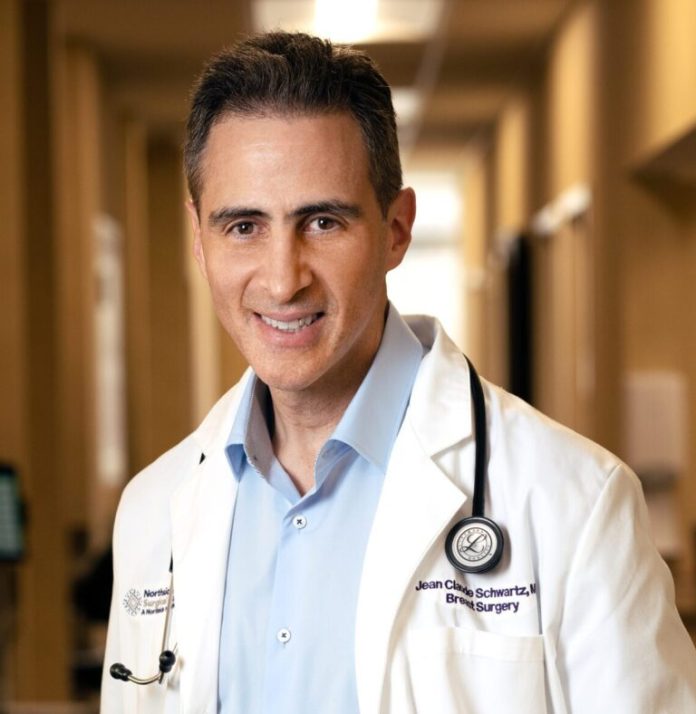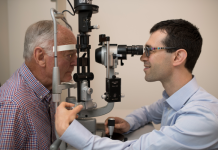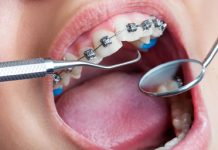Skin and nipple sparing mastectomy (NSM) is a surgical procedure increasingly utilized in the treatment of breast cancer, particularly for patients seeking breast reconstruction. This article aims to provide a comprehensive understanding of NSM, covering the procedure itself, its benefits, and the associated risks.
What is Skin and Nipple Sparing Mastectomy?
Skin and nipple sparing mastectomy is a surgical technique used to remove breast tissue while preserving the skin envelope and nipple-areola complex. Unlike traditional mastectomy procedures which involve the removal of the entire breast, including the nipple and areola, NSM allows for a more aesthetically pleasing outcome and can facilitate immediate breast reconstruction.
During NSM, the breast tissue is removed through an incision made either around the areola (periareolar incision) or in the inframammary fold (inframammary incision). The goal is to spare as much of the natural breast skin as possible, providing a better cosmetic result for patients undergoing breast reconstruction.
Benefits of Skin and Nipple Sparing Mastectomy
Improved Cosmetic Outcome
One of the primary benefits of NSM is the preservation of the breast skin and nipple-areola complex, which can lead to a more natural-looking breast mound post-surgery. This is particularly advantageous for patients undergoing immediate breast reconstruction, as it allows for better symmetry and contouring of the reconstructed breast.
Psychological Well-being
Preserving the natural appearance of the breast, including the nipple and areola, can have a positive impact on a patient’s psychological well-being and body image following mastectomy. NSM may help reduce feelings of loss and improve self-esteem, contributing to a better overall quality of life for breast cancer survivors.
Facilitates Breast Reconstruction
NSM can streamline the process of breast reconstruction by providing a favorable surgical site for implant-based or autologous tissue reconstruction. With the breast skin and nipple-areola complex intact, plastic surgeons have more options for achieving optimal aesthetic results, including nipple reconstruction if desired.
Risks and Considerations
While skin and nipple sparing mastectomy offers numerous benefits, it is not without risks and considerations. Some of the potential risks include:
- Risk of Nipple Necrosis: Despite efforts to preserve blood supply, there is a risk of nipple necrosis (tissue death) following NSM, particularly in patients with large or ptotic (sagging) breasts.
- Incomplete Tissue Removal: In some cases, it may be necessary to sacrifice additional breast tissue to ensure complete removal of cancerous cells, compromising the cosmetic outcome.
- Increased Risk of Recurrence: Although NSM is considered safe for appropriately selected patients, there is ongoing debate regarding its oncologic safety compared to traditional mastectomy techniques.
Patients considering NSM should discuss these risks and considerations with their healthcare team to make an informed decision about their treatment plan.
Conclusion
Skin and nipple sparing mastectomy is a surgical technique that offers numerous benefits for patients undergoing breast cancer treatment and reconstruction. By preserving the breast skin and nipple-areola complex, NSM can lead to improved cosmetic outcomes, psychological well-being, and facilitate the breast reconstruction process. However, it is essential for patients to understand the associated risks and considerations before undergoing this procedure. Working closely with a multidisciplinary team of healthcare professionals, including breast surgeons and plastic surgeons, can help ensure the best possible outcomes for patients undergoing NSM.







